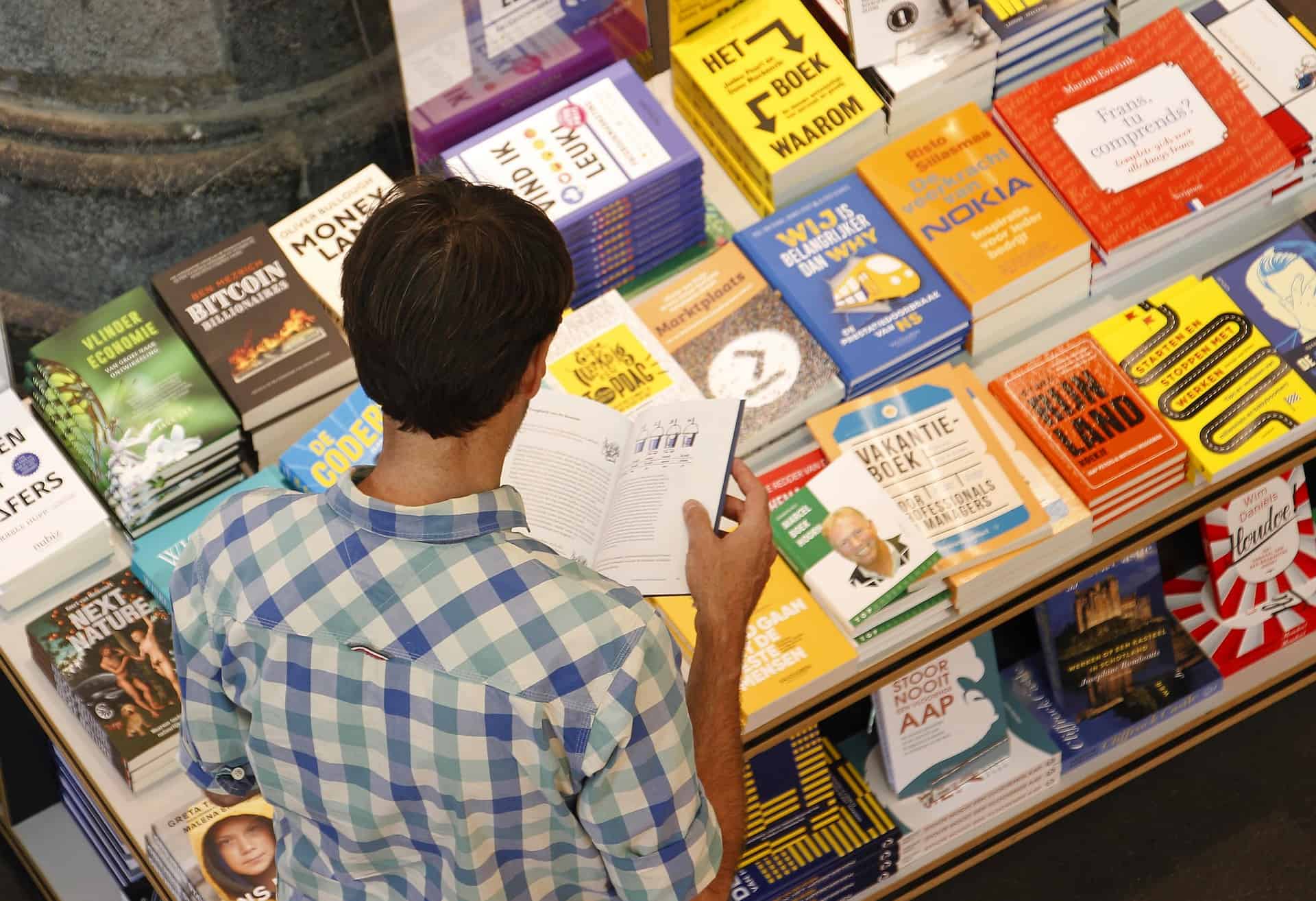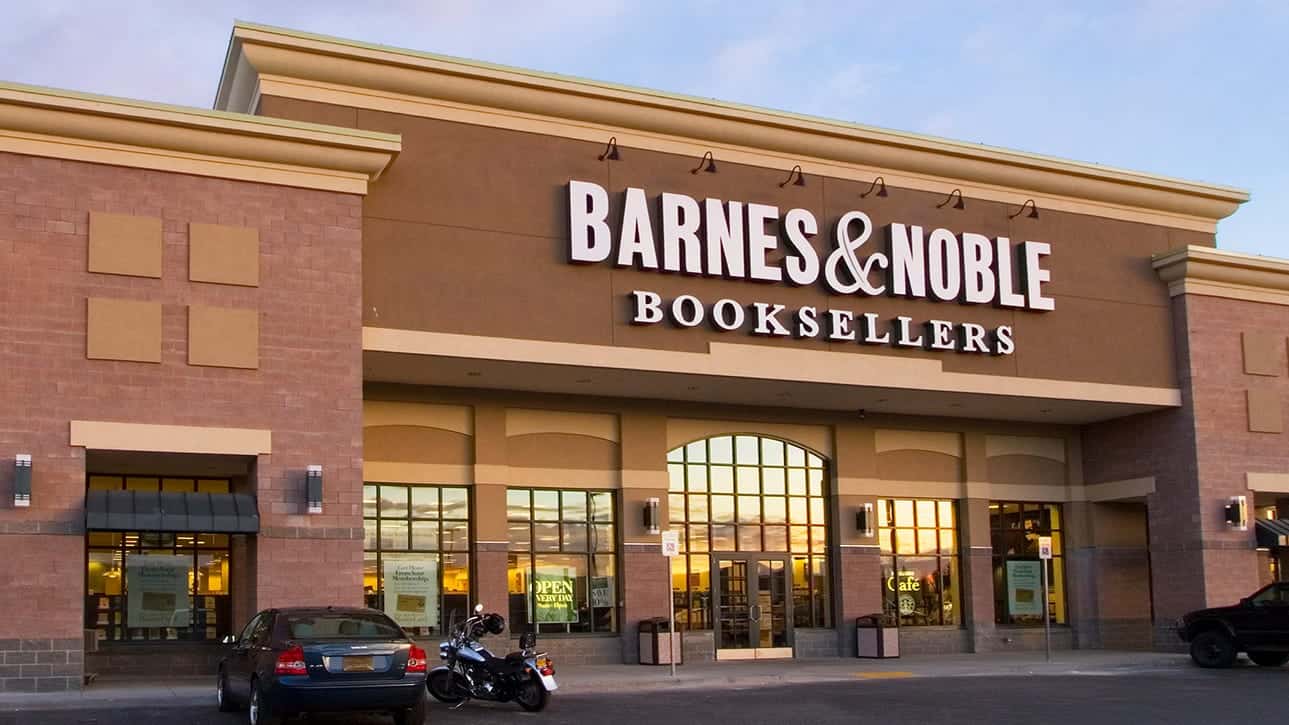
Why Your Self Or Hybrid Published Book Is Never Going To Be Sold In Bookstores
Okay. Rant time.
I talk to so many people who hire companies to help them self-publish or hybrid publish their books. Nothing wrong with that. Good companies exist that help people bring their books across the finish line.
My pet peeve is when these companies offer “distribution” as an up-sell. A lot of companies will tell you they can “get you a distribution to bookstores” and use that as a part of their excuse for why you should pay $25,000 or $30,000 just to have your book copyedited, proofread, laid out, and a few copies printed.
This is frustrating to me because “distribution” often gets interpreted by unwitting first-time authors as “we will get your book into bookstores.” The problem is that all these companies can do is make your book available for distribution to bookstores. What this actually means is that they fill out a form with a distribution company, like Ingram or Baker & Taylor, and get your book listed with them, so bookstores can buy your book without having to send a purchase order to you.
But before you invest all those extra funds, you’ll want to ask yourself, “Why would they?”
Maybe, if you go to your local independent bookstore and beg, you can get your book placed there, but it’s unlikely to go beyond that.
Why not?
Let’s look at the layout of a bookstore.
Bookstores have limited floor space. Amazon and other online distributors don’t.
Everyone can get their book on Amazon.com because the website offers print on demand to self-published authors. This way, Amazon doesn’t actually need to store your book anywhere. If need be, Amazon also can store books in their numerous warehouses. They don’t have to make it pretty, and they don’t have to put your book on a pretty shelf with a label.
A brick-and-mortar bookstore, on the other hand, has a certain layout. Let’s break it down.
Take Your Typical Barnes & Noble.
Picture with me how the square footage is allotted: you have a gift area where they sell candy, and fandom toys, etc., then they usually have a whole section of journals, stationery, and calendars, and other things that aren’t books, then there’s usually a Starbucks attached.
You have to subtract a certain amount of square footage for all that. For the sake of this example, we’ll say that comprises about 20% of the square footage.
In terms of books, the lion’s share of square footage is taken by all of the perennial bestsellers that they always have to keep in stock, because these books are guaranteed to sell.
This is where you’ll find popular series like Harry Potter, Twilight, The Hunger Games, Game of Thrones, etc. In addition, they need to stock the popular classics by literary icons: Moliere, the major works of Shakespeare, Hemingway, Faulkner, Toni Morrison, Cormac McCarthy, Margaret Atwood. These are all go-to books that people buy over and over and over again. And that’s just fiction.
They also need to keep on hand our favorite non-fiction perennial sellers—The 7 Habits of Highly Effective People, Think and Grow Rich, The Road Less Traveled, Our Bodies, Ourselves, and so on.
These books plus the stationary section plus the gift shop plus the coffee shop use up a good 90% of the available space.
But wait! We can’t forget the NEW books that the traditional publishers are putting out! Where do those books go?
You guessed it! That last 10% is where brick-and-mortar stores stock their picks of the more than 30,000 books that come out of the top 5 publishing companies and their imprints each year, not counting the books released by important indie presses like Hay House and Wiley.
And while these publishers have accounts with distribution companies, they also have sales teams that go to the stores and chains, like Barnes & Noble, and pitch their books to the store’s buyer.
Bookstores make room for the bigger publishers first because those accounts generally will deliver the highest rewards.
Adding all of that up, you can see that there’s really no space left for self- or hybrid published books, unless there’s already a clear demand.
So, unless people are calling up bookstores and explicitly asking them to carry your book, no bookstore is going to put your book on their shelves just because it’s buried on a giant list of available books in a distributor’s catalog.
(By the way, do NOT have your friends call bookstores and ask them to carry your self-published book unless they are 100% committed to walking into that store and buying every copy they ordered, or you might end up responsible to buy the books back from the store.)
This is all to say that when somebody tries to overcharge you to produce your book so that you can “get distribution,” they likely are misleading you. Truth be told, they will fill out the form to offer your book for distribution, and it will end there.
Okay. Rant over.

